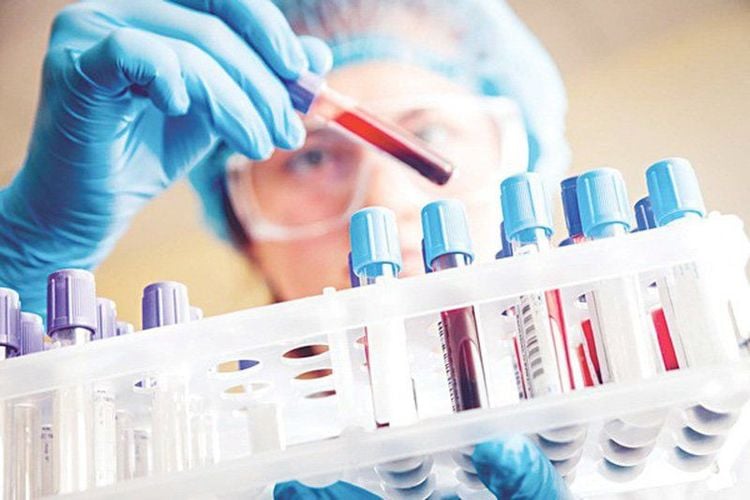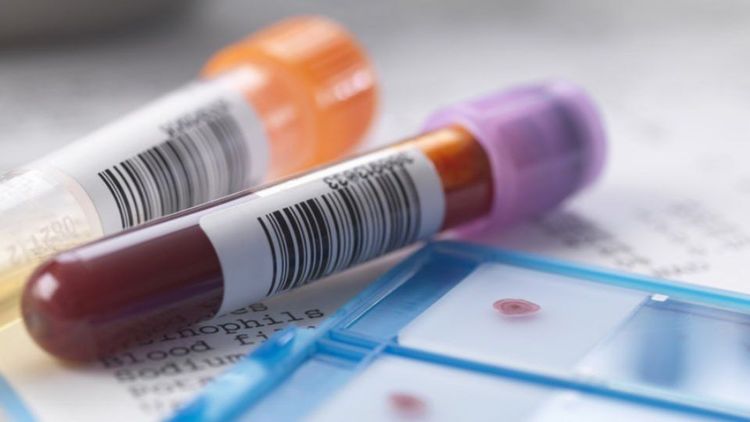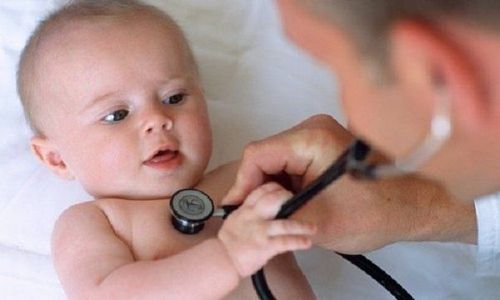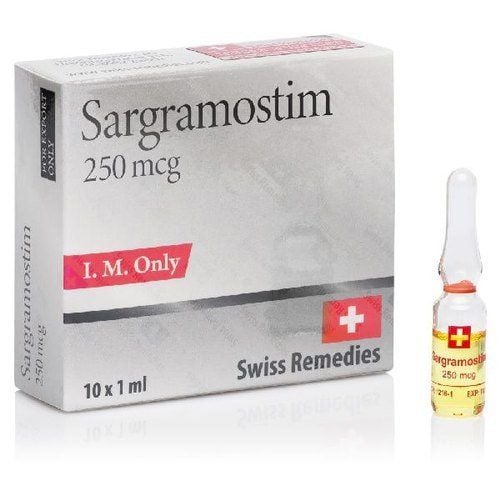This is an automatically translated article.
Although cancer treatment has ended, there is still a long way to go. After cancer treatment, the patient continues to visit the specialist doctor, to check if the cancer has returned, to control side effects, and to monitor the patient's overall health.1. Plan follow-up check-ups
The patient and the treatment team will create a follow-up plan for that patient individually. This plan will serve as a guide to continuing to monitor your health over the coming months and years. This plan includes clinical examination and clinical tests, and is often based on a treatment protocol for the specific diagnosis. The doctor will also consider the individual wishes and preferences of the patient.
When returning to everyday life after cancer treatment, implementing a follow-up care plan gives many cancer survivors a sense of certainty about what's going on. Always keep a medical support system in place to maintain physical and mental health.
2. Prevention of cancer recurrence
One of the goals of follow-up visits is to check for disease recurrence. Recurrence is when cancer comes back after treatment, because a small area of undetected cancer cells remains in the body. These cells grow silently until they are detected on the test results or cause signs or symptoms.
The risk of cancer coming back, as well as the time and location of recurrence, depends on the type of cancer diagnosed. Unfortunately, doctors can't predict which people will get cancer again, but if your doctor knows your history, they can give you more specific information about your risk of recurrence. case. They may also take measures to limit this risk.
During the examination, the doctor will ask specific questions about the patient's health condition. Some patients will be prescribed blood tests or imaging tests. Tests are ordered based on many factors:

Xét nghiệm máu
The type and stage of cancer initially diagnosed Treatments given Is there any medical evidence that the test improves a person's health or prolongs a person's life The doctor will also Guidelines note the specific signs or symptoms of cancer recurrence.
3. Control long-term and late-effects
Most people are prepared to experience the side effects of cancer treatment, but many patients are surprised when even though they have overcome the cancer, the side effects are still lingering. These are the long-term side effects, in addition, the late side effects can appear months or even years after the treatment ends. Long-term side effects and late side effects can be both physical and mental.
Consult your doctor about the risk of long-term side effects. This risk depends on the type of cancer, your treatment plan, and your health conditions. If a treatment is known to have a specific late side effect, the doctor may order some appropriate tests, for example:
Annual thyroid exam for people who have had radiation therapy in the area head, neck or throat area. Lung function tests for people receiving bleomycin (Blenoxane) or a bone marrow/stem cell transplant. The test shows how much air the lungs can hold and how fast air moves in and out of the lungs. Regular electrocardiograms (EKGs) for people receiving radiation therapy to the chest and/or receiving high doses of a class of drugs called anthracyclines. Anthracyclines include doxorubicin (Adriamycin) or other chemotherapy chemicals known to affect heart function. Routine mammograms start early for women who had radiation therapy to the chest at a young age. Routine imaging tests, such as X-rays or computed tomography (CT) scans, or blood tests, to monitor for a second cancer. It is important to talk to your doctor about appropriate tests based on your cancer history.
Address for examination and follow-up
Depending on the following conditions, post-cancer patients should choose reputable medical examination and treatment facilities with highly specialized specialists to continue monitoring and screening:
Cancer type and advanced stage Side effects requiring treatment Coverage conditions Personal preference
4. Maintain medical records
Information about a patient's diagnosis and treatment plan is invaluable to all caregivers. Information about your treatment plan and follow-up care recommendations is especially important to your primary care doctor. Your primary care doctor may not be involved in many parts of your cancer treatment. you, but this information will help your doctor monitor follow-up care and make sure your health is on track. It is also helpful to have this information in your medical record if you change doctors in the future. A treatment summary usually includes:Date of diagnosis Type of cancer, including tissue/cell type cell, stage and grade (if known) Date of treatment and a list of treatments given, including type, dose of drug or radiation, and number of treatment cycles Any medical findings involved in treatment, such as the side effects encountered and how they are controlled.

Kết quả của tất cả các xét nghiệm chẩn đoán
Results of all diagnostic tests Test schedule needed to assess your health after cancer treatment Risk of long-term side effects of cancer treatment
Please dial HOTLINE for more information or register for an appointment HERE. Download MyVinmec app to make appointments faster and to manage your bookings easily.
The article references the source: cancer. net












